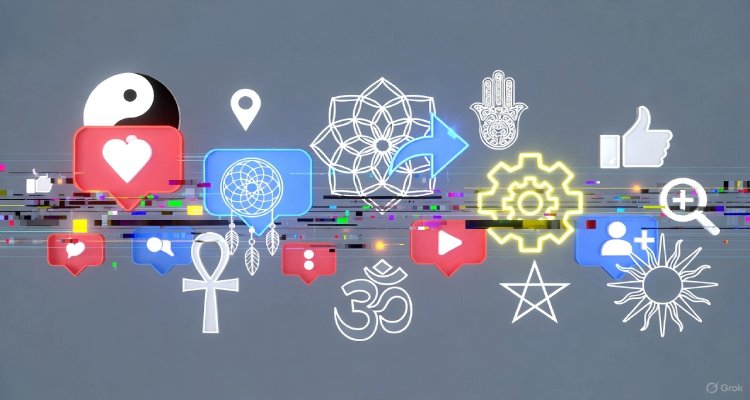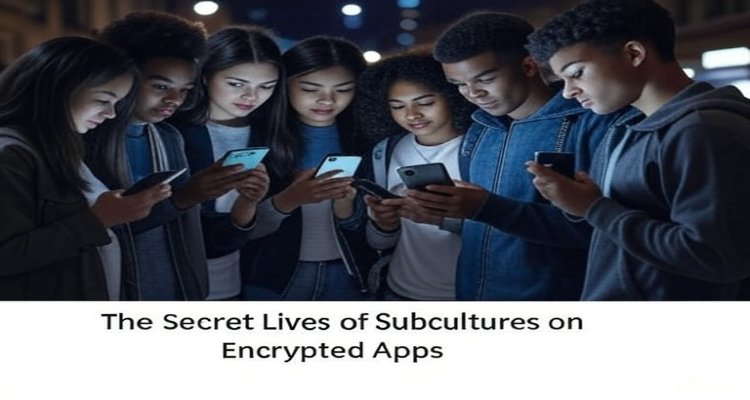The Secret Lives of Subcultures on Encrypted Apps
Encrypted apps have become safe havens for hidden subcultures. From activism to underground movements, here’s how they shape modern digital life.
Introduction: A World Behind Digital Walls
In the age of constant surveillance, where every click can be tracked and every conversation stored, encrypted messaging apps have emerged as digital sanctuaries. Within these virtual safe houses, hidden communities thrive. From underground art circles to political dissidents, encrypted platforms host subcultures that exist out of sight, operating in secret but shaping real-world trends.
Context & Background: The Rise of Encrypted Spaces
Apps like Signal, Telegram, and WhatsApp were built with privacy in mind—offering end-to-end encryption that shields conversations from prying eyes. Initially designed to protect individuals from hackers or authoritarian regimes, these tools quickly became more than just secure chatrooms.
Encrypted apps evolved into ecosystems where subcultures could grow without mainstream interference. Activists in restrictive countries use them to organize protests. Hobbyist groups share niche passions, from retro tech to underground music. But the same privacy features also attract extremist movements and black-market activity.
The dual nature of these platforms makes them both vital and controversial: safe havens for expression, but also potential breeding grounds for radicalization.
Main Developments: The Subcultures Within
The subcultures thriving on encrypted apps are as diverse as the platforms themselves:
- Digital Activists: In countries where dissent is censored, encrypted apps allow protest organizers to coordinate safely. During major uprisings in the Middle East and Asia, encrypted group chats became the backbone of resistance movements.
- Art & Identity Collectives: Queer, underground, and experimental art communities flourish away from the algorithms of mainstream social media. Encrypted spaces let them share work without fear of censorship.
- Niche Hobbyists: From rare book collectors to gamers obsessed with obsolete consoles, encrypted apps provide small, private spaces where passion outweighs popularity.
- Dark Subcultures: Alongside creative and activist communities, encrypted apps have also become notorious for hosting extremist networks, cybercriminal markets, and conspiracy-driven groups that rely on secrecy.
The coexistence of these groups highlights a paradox: encryption protects both freedom and danger, depending on who wields it.
Expert Insight & Public Reaction
Cybersecurity experts argue that encryption is essential for personal liberty in a digital-first world. “Privacy tools are like locks on doors—they protect the majority of people who are using them legitimately,” says Dr. Maria Lopez, a digital rights researcher.
However, law enforcement agencies see the darker side. The FBI and Europol have repeatedly expressed frustration over “going dark”—a term for being unable to monitor criminal activity hidden in encrypted chats. Critics argue that unrestricted encryption allows hate groups and cybercriminals to operate unchecked.
Public opinion is split. For many, especially younger users, encrypted apps are simply safer, less toxic alternatives to mainstream social networks. For others, secrecy carries suspicion.
Impact & Implications: What Happens Next?
The future of these hidden subcultures will depend on how governments and platforms balance privacy with security. Some nations are already pushing for backdoor access to encrypted apps, while privacy advocates warn that such measures could undermine trust and expose vulnerable users.
If encryption is weakened, activists, journalists, and minorities could lose their digital lifelines. If it remains untouched, extremist and criminal networks will continue exploiting the same protections.
Tech companies are caught in the middle—championing privacy to maintain trust while facing mounting political pressure to increase oversight.
Conclusion: A Hidden Digital Frontier
Encrypted apps are more than messaging tools—they are cultural laboratories where hidden worlds thrive. Within their coded walls, freedom fighters, niche enthusiasts, and underground artists coexist with those who exploit secrecy for darker aims.
The challenge ahead lies not in dismantling these digital spaces, but in understanding them—acknowledging that subcultures, whether creative or destructive, will always find shelter in the shadows. The question isn’t whether they exist, but how the world outside chooses to engage with them.
Disclaimer: This article is for informational purposes only. It does not endorse illegal activity or extremist use of encrypted applications.











